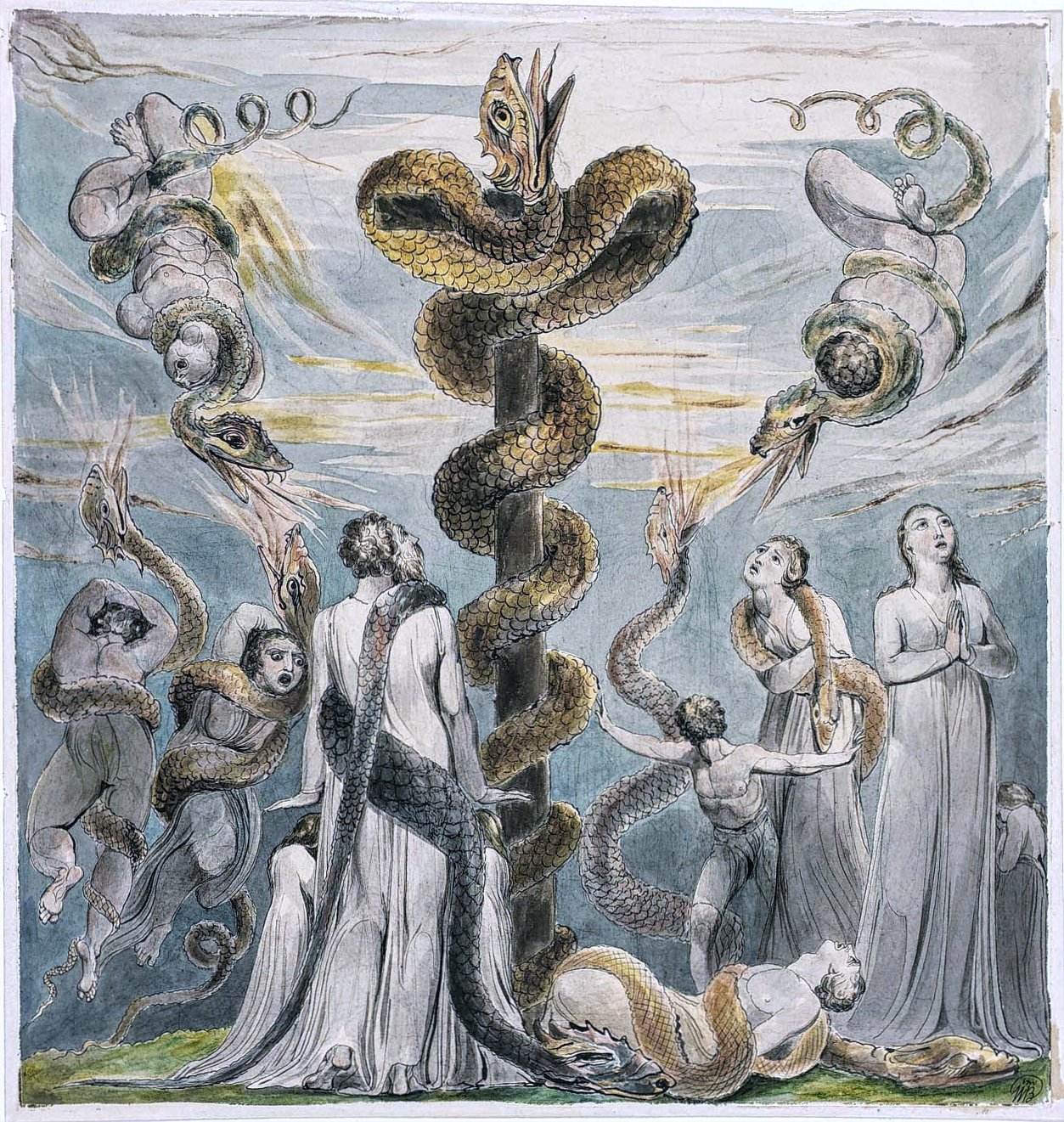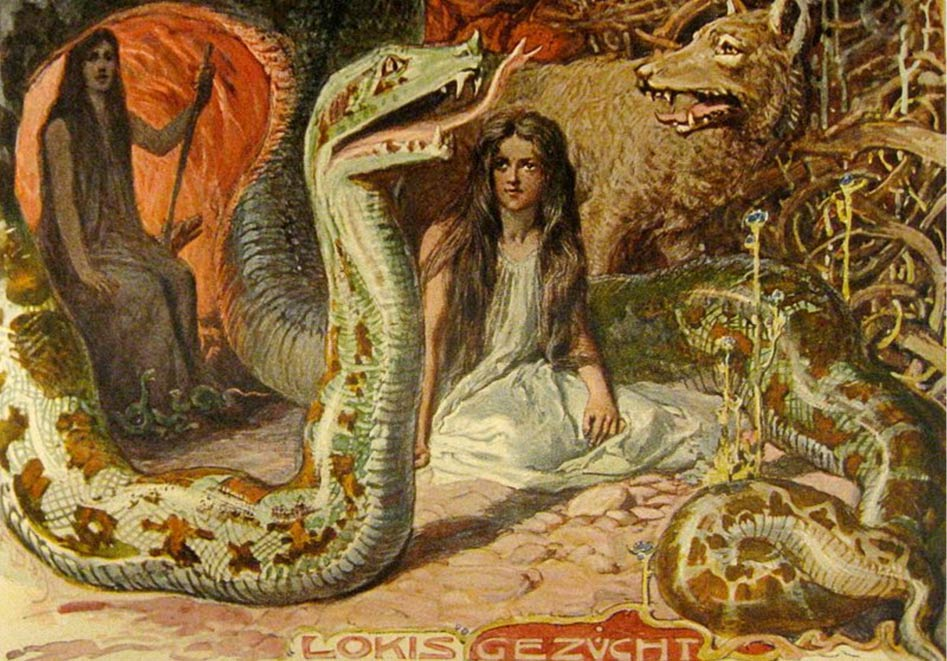Part One: Bloodlines Of The Serpent Gods & The Rise Of The Black Nobility
Bloodlines Of The Serpent Gods



Divine Right To Rule?





The Atlantian Connection
The Foundation Of Psychopathy


Autumn In The Garden Of Eden


The Mystery Religion


The Seekers Of Power & Evil
The Dawkins Guide to Vampires: The Eyes of the Serpent (Tremere / Setite / Ministry Faction)


Serpents Through History
Bloodline of the Serpent Seed - ROBERT SEPEHR



Elizabeth 1st

The Councils Corruption Of The Priesthood



The Architects Of Modern Society


The Pharaohs Of Europe




Early Christianity



The Influence On The Catholic Church

Much like the Phoenician connection to the Old Testament, the Venetians used their power base to spread their influence into the Catholic Church and were in effect the progenitors of the Jesuit order. Once again I will state my belief that they have used the church to place a barrier between humanity and creation. In order that we are easier to control and subjugate, the externalization of faith has made us forget our inherent power. The kingdom of god lies not within the walls of the church but within us all.

The Catholic Mystery Religion


Empire Of The City
Tracing the origins of the Serpent Cult
In mythology, the serpent symbolizes fertility and procreation, wisdom, death, and resurrection (due to the shedding of its skin, which is not akin to rebirth), and in the earliest schools of mysticism, the symbol of ‘The Word’ was the serpent. The ‘light’ that appeared was metaphorically defined as a serpent called ‘Kundalini’, coiled at the base of the spine to remain dormant in an unawakened person. Divinity or awakening one’s Godhood and latent abilities came with the rituals and teachings brought by the serpent people.
To understand them, we must look at the original ‘serpents’. In China, it was a male and female pair with human heads and serpent bodies named Fu Xi and Nu Wa who created humans. In Sumer, it was Annunaki Nin-Khursag and her husband Enki who was given the task of creating workers. Enki is known to us as the serpent in Genesis—the one who gave us the ability to think and reason and so was cursed by his brother Enlil for it. To the Hindus, it was the cosmic serpent Ananta who created us. So, if, at the dawn of man’s creation we have a pair of serpent-like beings who created us, then those of the serpent cult must have been their direct descendants, either by blood or by spirit.
The next serpent was Enki’s son Ningizzidda, known to the Sumerians, Egyptians, and Tibetans. According to Zecharia Sitchin, he dwelt in Magan, or what is known to us as Egypt, leading theorists to believe he was Thoth who formed a mystery school propagating ideas of self-improvement and enlightenment, furthering his father’s deeds and philosophy. If Enki and Ningizzidda ruled over Magan as is claimed, then that school would have been a beacon attracting all who wished to gain knowledge, backed by the power and might of Magan. Is there any other proof of that theory? It was claimed at the Council of Nicea that ‘the powers of gods came from Egypt’. There was a Great White Brotherhood (named for their raiment), a prominent mystery school in Karnak. A branch of it became the Egyptian Therapeutate which in Judea was known as the Essenes. Jesus, being an Essene, most likely was initiated in Egypt at this mystery school, rising up the levels until he became a ‘Master’.

The Sumerian God, Ningizidda, is represented as the double-headed Snake coiled into a double helix (highlighting the duality in nature), flanked by two griffins (Wikipedia)
Eventually, the Annunaki did lose control of the Earth and its population, which was rapidly expanding, with mankind scattered across the globe forming their own colonies and social structures. Those who followed the serpent ideology would have been concerned with maintaining relevance while faced with constant change, new religions, and potential threats to their own land which was wealthy. To both protect themselves and to encourage people to follow their belief system, they sent out emissaries (the ‘Shining Ones’) and we find tales of these Shining Ones the world over. To simple hunters and fishermen, they seemed like gods. They did not come to conquer the lands, but rather to aid the people, teaching them how to cultivate crops, heal their sick and injured, and read the stars.
Numerous ancient cultures throughout the world worshipped the serpent, beings such as Quetzalcoatl, Cihuacohuatziti, and Cihuacohuatl in Mexico and Peru, the Naga King of India and his Nagin children, Po Nagar in Vietnam, who was their first Empress, and the serpent deities who were beautiful women associated with trees and lakes. The Snake Goddess of Egypt, Wadjet, was the protector of the land, kings, and women in childbirth. In Minoa, the Snake Goddess was addressed as A-sa-sa-ra-me and was related to the Hittite Ishassara, the Khmer Apsara, and the Canaanite Asherah. Pre-Christian Ireland, Scotland, and England also worshipped the serpent.

The Minoan Snake Goddess ( Wikimedia Commons )
However, a visiting figurehead was not enough to cement the serpent cult’s position, especially when faced with new religions and kingdoms that were acquiring political and military might. To that end, politically advantageous marriages were arranged with the emerging ruling families. A serpent prince or princess marrying into the family would bring trade, wealth, knowledge on how to form a coherent society, and the secrets known only to the cult, which would then be passed down to the resultant children. It was this well of knowledge that gave the new ruling family the advantage over their people and allowed them to claim ‘Divinity’- or superiority over all others. Yet most of these marriages did not end happily.
King Dwuttabaung of Burma had a Naga princess as his wife. The capital of Burma, Pagan, had Naga advisors and attendants. In some accounts, after a falling out with his wife, he was said to have been killed by the Nagas.
In Laos, the tale is told of the Naga Prince Phangkhi, who fell in love with a Khmer Princess, Arkham. Wishing to have a glimpse of her but remain incognito, he turned himself into a squirrel but was unfortunately caught and eaten. His father, the Naga King waged war on the kingdom in retaliation, capturing the princess. King Phadaeng, who was also in love with her, went to rescue her, but was unsuccessful, becoming the Ghost King and continuing the siege of the Naga King’s capital.
In Cambodia, it was Soma, the daughter of King Naga, who was captured by the Brahmin Priest Kaundinya who then married him. Her father sucked up the water from a swampy land, creating the country of Kampuchea for the couple.

Carving of a Naga, one of many wrought from wood or stone to be found throughout Asia (abovetopsecret.com)
In Java, there is a story that bears some similarity to the Little Mermaid. It is the tale of Nyai Lara Kidul, who was married to the human king. She was so beautiful that his other wives hired a witch to make her ugly. In despair, she jumped into the ocean, where the goddess took pity on her, turning her into a half-human, half-snake and anointing her Queen of the Ocean.
In India, the serpent beings were known as Nagin—the children of the Naga King. Several Royal Families claim lineage through intermarriage in Nagin including the Manipur, Yadavas, and Pallavas.
In Greece, the most famous example is Alexander the Great, whose mother was an enthusiastic participant in Orphic rites, often dancing with serpents draped about her. In the fresco titled ‘Zeus seduces Olympias’, by Giulio Romano; Zeus has a head and torso of a human, but the tail of a serpent.
In France, we have the tale of Melusine—half human/half fish (or serpent), betrayed by her husband who broke his word to honor her request that he does not disturb her while she took her ritual bath.
Why, when the serpent beings were known for their beauty and brought such advantages, did the marriages often end so badly? Perhaps the serpent princess found herself missing her home. She also found herself dependent on her husband’s goodwill to ensure she was welcomed into society and often faced censure, suspicion of her foreign influences, and outright jealousy. Unable to form friendships, she was ostracized, and should her husband’s affection waver, those who sought her downfall would pounce. In many cases, the princess simply returned home, leaving her children behind. In others, she or her husband would die. Yet she is remembered through her children, who were born with greater strength and intelligence than those around them, enabling the family to assert its claim that they had been granted the divine right to rule by the gods, the superior children's proof of the gods’ favor.
Featured image: Loki's brood; Hel, Fenrir, and Jörmungandr. By Emil Doepler, 1905 ( Wikimedia Commons )









No comments:
Post a Comment